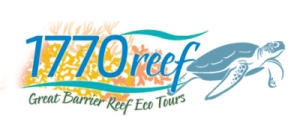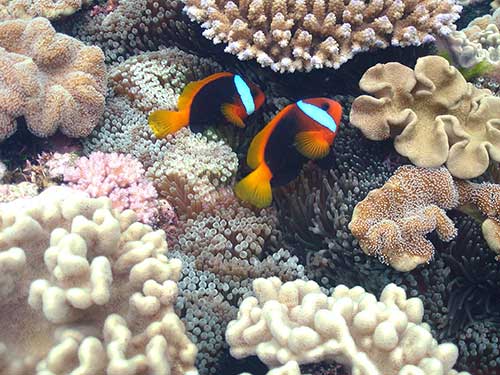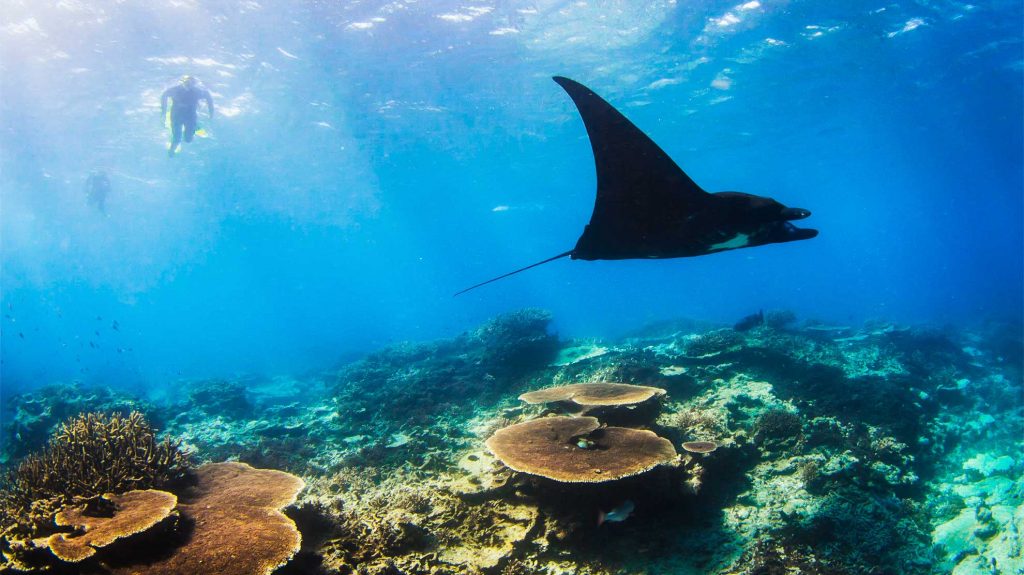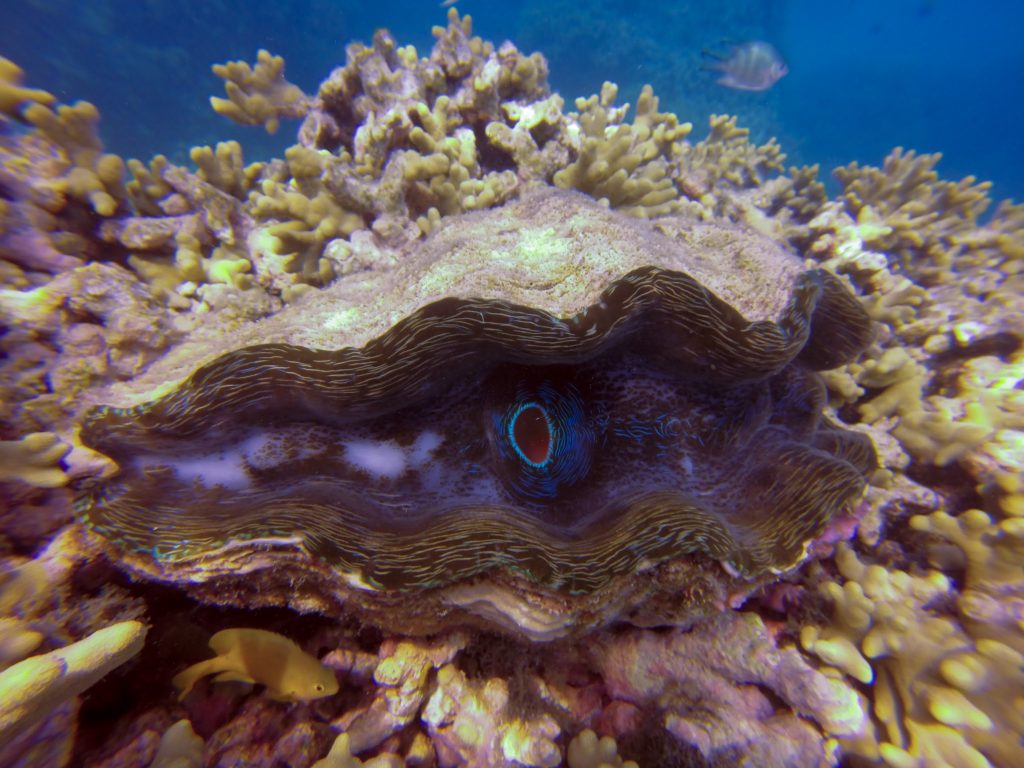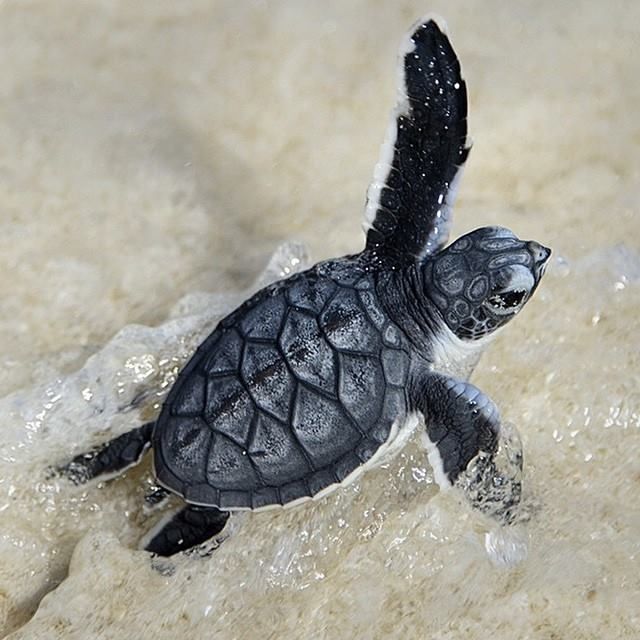Lady Musgrave Island is perfect for all ages
Located right in our backyard, The Great Barrier Reef is perfect for both Australian and International families as it is surrounded by a Coral Wall to protect the Lagoon for stunning, safe snorkeling.
Untouched paradise
Lady Musgrave Island which is sometimes overlooked has some of the easiest reef viewing experiences for families. It is not crowded and fuss free, with minimal commercial reef enterprises; unlike other reefs. For easiest access to the departure point of Seventeen Seventy you can either fly into Gladstone or Bundaberg – or a short 5 hour drive from QLD’s capital city Brisbane.
Cost friendly for the extended family experience
There is no island resort on Lady Musgrave Island, and mainland (Seventeen Seventy and Agnes Water) accommodation is generally a cheaper option than island resort accommodation in other locations, resulting in a more cost effective experience for larger families. But because you aren’t ‘staying’ on an island doesn’t mean you won’t get that easy access to the true reef with 1770reef’s boat departing daily for full day tours to Lady Musgrave Island. 1770reef also have family packages and can offer great saving for additional children for the larger family. Want to bring the Grandparents along too? No worries, there is also a discounted rate for seniors.
Fun in the water for all ages
Lady Musgrave Island is fully surrounded by a wall of coral – creating a lagoon in which all of 1770reef’s tour activities are held. This lagoon resembles a large natural swimming pool; calm and safe full of colourful corals and marine life ready for your family to explore. Snorkel without fear of marine stingers year round, with the safety of provided life vest and floating noodles for added security. 1770reef have snorkels, masks, fins, wetsuits and flotation devices to fit all ages and sizes.
Personalised Experience
Children and adults alike love the glass bottom boat tours, viewing the underwater wonders of the lagoon without getting wet – with added commentary with our knowledgeable and experience guide Barrie, who has lived and breathed the reef his entire life.
Sandy Toes
If your family also wants to get their feet sandy our lovely and passionate Island Guide will take you on a fun guided tour of the island itself. Spotting where turtles have nested and bird watching, there is great island history to be told also.
Fussy eaters….No worries
What is better when travelling with kids for a full day than a fully catered tour; your family will be provided with freshly made scones in the morning, seasonal tropical fruits throughout the day, healthy and fresh filled wraps and turkish bread rolls for lunch, and delicious cheese and antipasto platter as you sail home. Special dietary requirements or picky eaters are easily catered for; all our food is made fresh the morning before travel.
